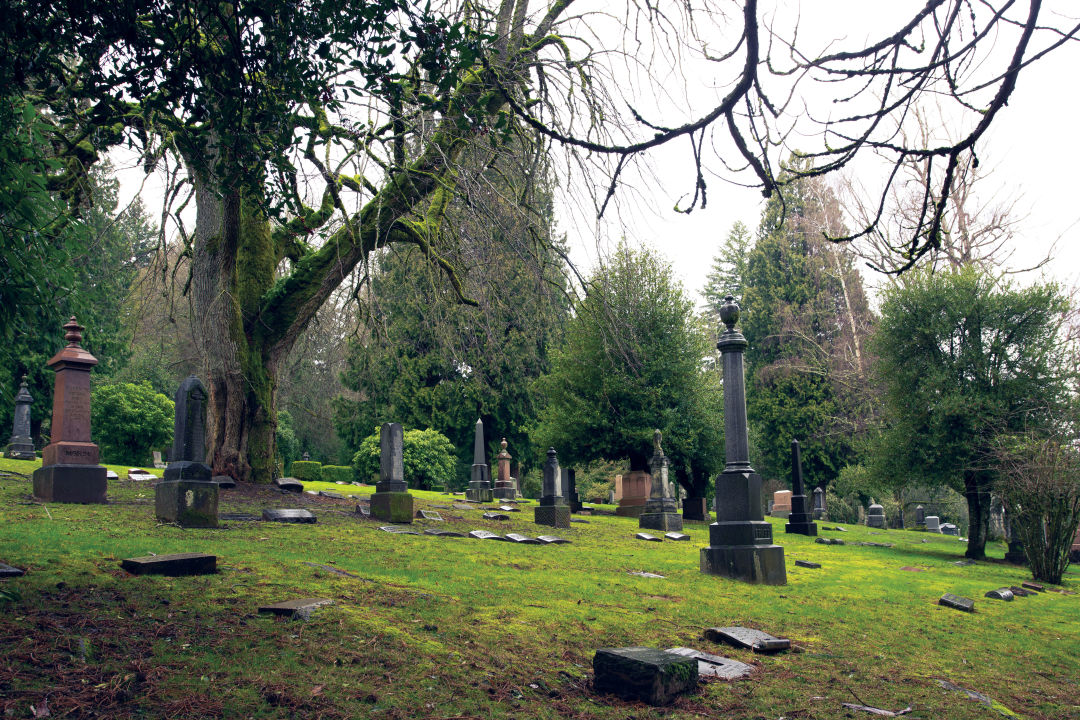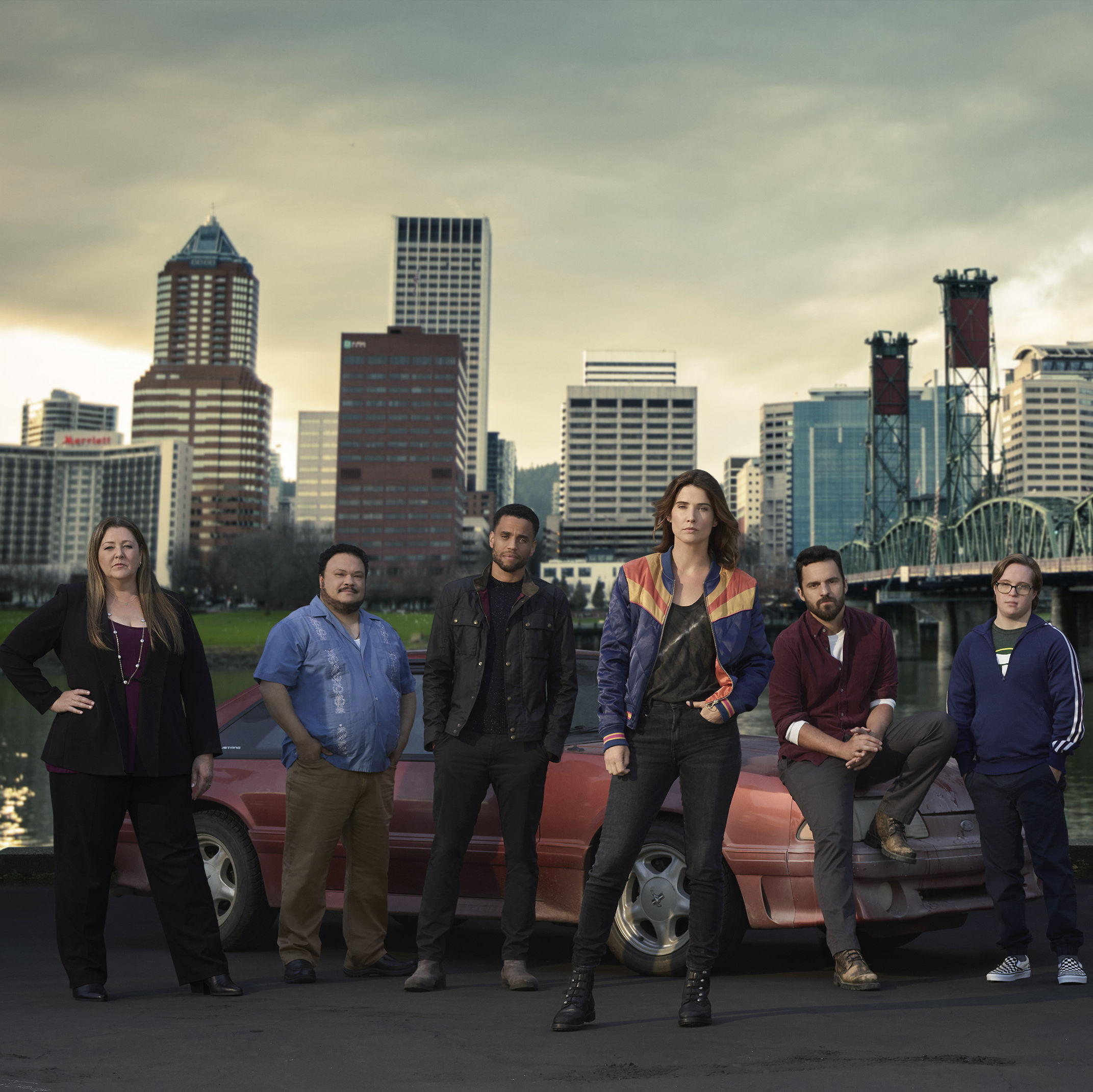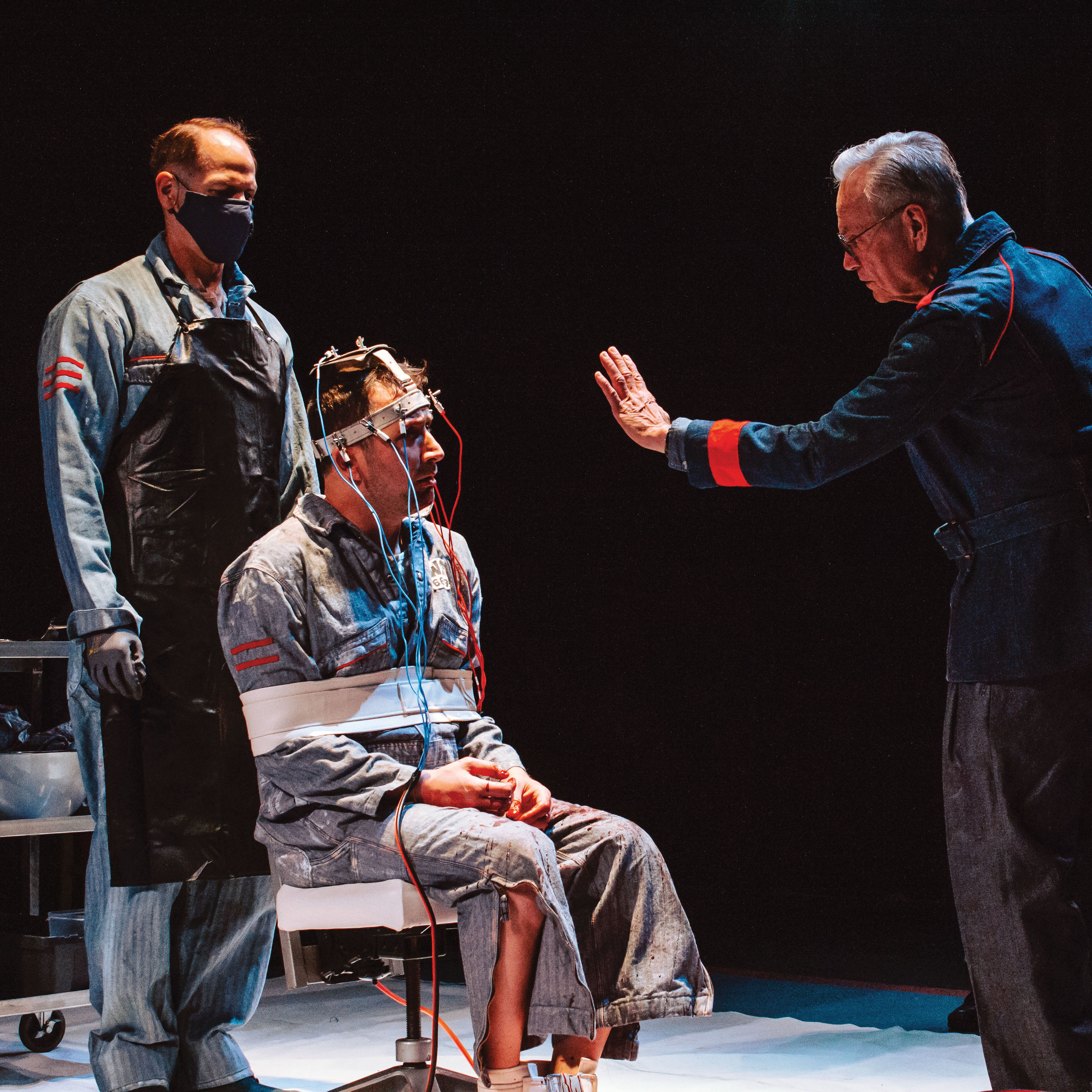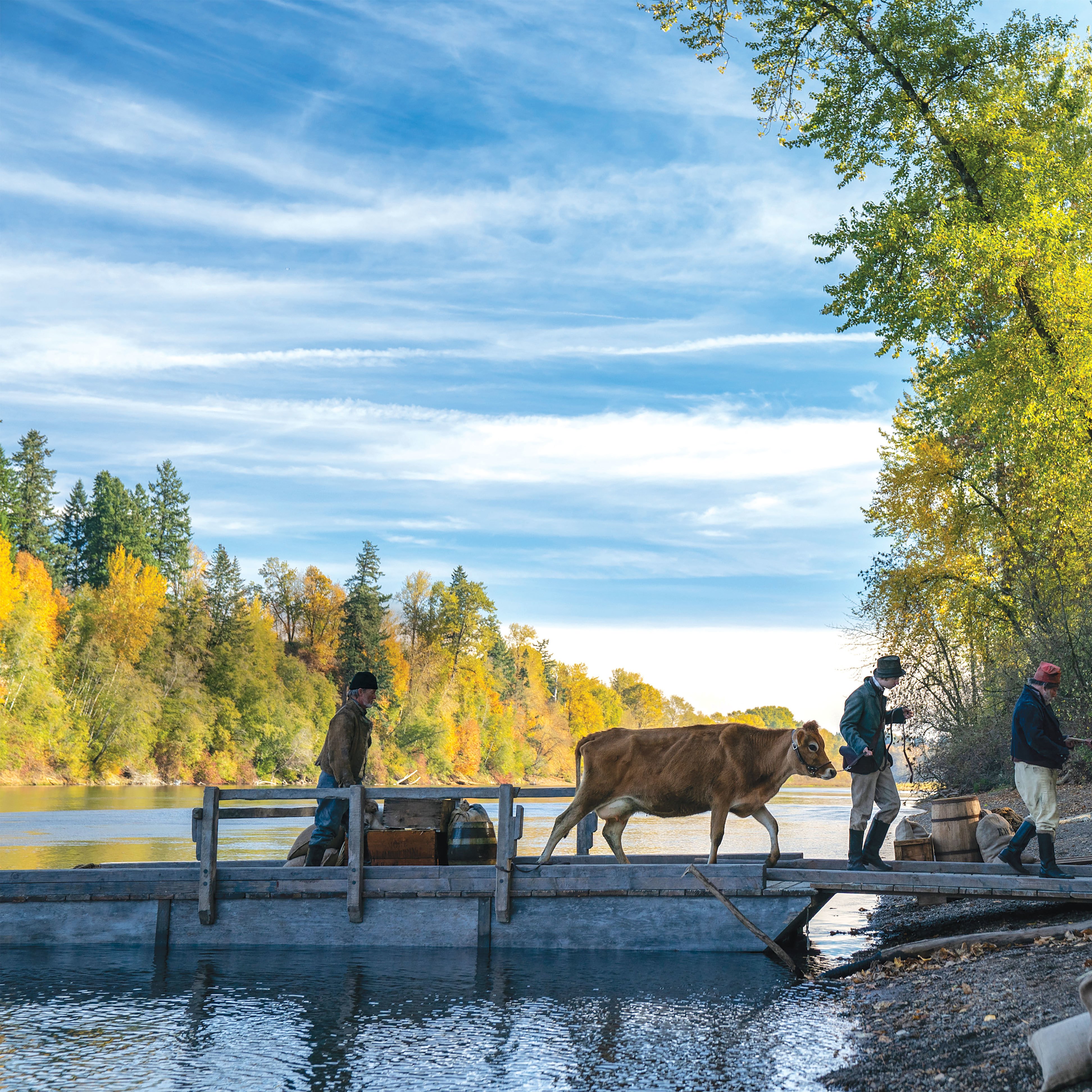This Portland Cemetery Is an Unsung Example of “The Earliest American Art Form”

The River View Cemetery, an example of “the first truly American art form”
Image: Brian Breneman
“Between you and me, this place has really great energy,” says Jen Folker, leading the way to a bright marble mausoleum. “My partner says it’s like a day care during naptime.”
Folker is an administrator at River View, one of the West Coast’s oldest garden cemeteries. On the hillside above the Sellwood Bridge, the sprawling grounds are home to a who’s-who of formerly famous Oregonians: Portland mayors, Lovejoys and Pittocks, even beermaker Henry Weinhard.
Garden cemeteries became popular in the mid-1800s as a counterpoint to then-prolific urban cemeteries, which were laid in dense downtown areas and thought to pose public health concerns. Mount Auburn, America’s first garden cemetery, opened in Cambridge, Massachusetts, in 1831. It was the brainchild of horticulturists who sought to design, essentially, a living landscape painting for families to convene peacefully with death.
“When I go to a city for the first time, I go to its art museum and I go to its 19th-century cemetery,” says John Doyle, a historian who’s been giving architectural tours in Portland for more than a decade. In April, as part of Design Week, he’ll lead several tours of River View.
Doyle became fascinated with garden cemeteries in graduate school, when he learned they helped popularize the public parks movement. In his estimation, they’re “the first truly American art form.”
“There was nothing like them in Europe,” Doyle says, noting that Mount Auburn predates London’s earliest garden cemeteries by nearly a decade. “They were the first American art form to get sent back to the other side of the Atlantic.”
River View was established in 1882 by a cabal of heavy-hitting Portland philanthropists after Lone Fir Cemetery on SE Stark started running low on space. At the time, the West Hills were mostly logged out, so every plot at the new cemetery had clear views of both Mount Hood and the Willamette. In the intervening years, it’s traded those views for virility: massive yew trees and redwoods dot the space, which has a sense of majesty on par with any corner of Forest Park.
R. C. Goheen’s wife, Diane, has been in River View’s outdoor mausoleum since she died in 2012. Goheen visits her about once a week with fresh flowers, frequently changing the bouquets at the graves on either side of hers, too. “The more I can keep brightness around my wife, I might as well,” he says.
“You don’t get depressed [up here] or anything like that,” he adds. “She’s here to take care of the place, and I just come and talk to her. Tell her what’s going on.”
“[I think] people are creeped out by the whole cemetery thing,” Doyle says, lamenting River View’s lack of public acclaim. He names it his favorite place in Portland but acknowledges it rarely tops anyone’s list of tourist destinations. “We’re in a position to keep death at a distance, and most seem to prefer it that way. Folks in the 19th century were not so fortunate.”









